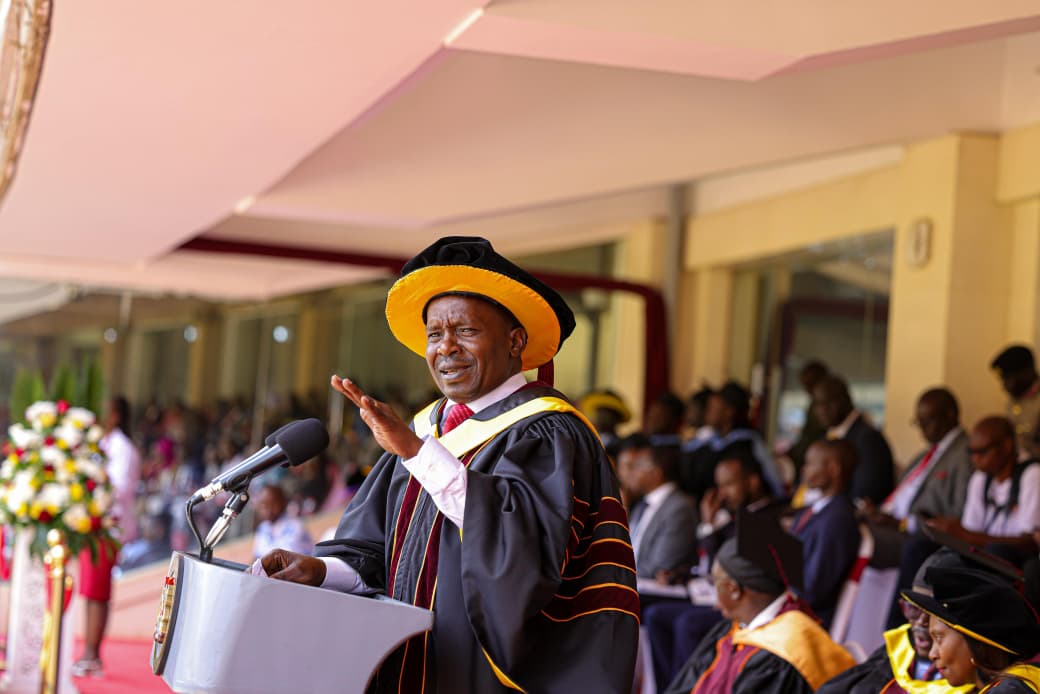Finland is globally admired not only for its academic performance but also for its progressive and compassionate approach to school discipline. In Finnish schools, punishment is not about retribution or fear – it’s about learning from mistakes, restoring relationships, and promoting personal responsibility. Discipline is integrated into the broader goal of helping children grow into emotionally intelligent, self-regulating, and socially responsible individuals.
Here’s an overview of how the Finnish model works and why it offers powerful lessons for Kenyan teachers and schools:
In Finland, the concept of discipline in schools is not centred on punishment, but on personal growth, emotional understanding, and long-term behaviour change. The Finnish education system has consistently ranked among the best in the world, not just because of academic excellence but also because of how it treats its learners. Unlike many other countries where discipline is often reactive, punitive, and at times abusive, Finland has built a model based on respect, trust, and the belief that misbehaviour is a learning opportunity, not a cause for retribution.
In a typical Finnish classroom, a teacher rarely raises their voice. Shouting, public shaming, or physical punishment are unheard of. Instead, teachers are trained extensively in emotional intelligence, child psychology, and behaviour management strategies that prioritise understanding over blame. When a child acts out, the response is not “how do we punish them” but “what is the child trying to communicate?” Misbehavior is viewed as a form of expression — a signal of an unmet need, frustration, or distress. This mindset shifts the teacher from a position of punitive authority to that of a supportive guide.
Teachers are encouraged to respond with calmness and consistency. If a student disrupts class, the teacher may quietly ask them to step out for a brief conversation rather than embarrass them in front of their peers. During that conversation, the teacher seeks to understand what led to the behaviour. Was the student hungry, anxious, bored, or struggling with something outside school? This dialogue-based approach helps children feel seen and heard, allowing teachers to address the root causes of the problem rather than just its symptoms.
Reflection is a key part of the Finnish discipline model. Students are often asked to fill in behavior reflection forms where they describe what happened, how it affected others, how they felt, and what they could do differently next time. The goal is to nurture self-awareness and accountability. Rather than being told what they did wrong, children are guided to see it for themselves. Over time, this fosters emotional maturity and a sense of ownership over one’s actions. The process transforms mistakes into learning opportunities, not moments of fear or shame.
READ ALSO:
Peer mediation and restorative practices are also common in Finnish schools. If a student hurts another, the two may engage in a facilitated conversation to repair the harm. They talk about what happened, how it made each person feel and how to restore trust. This process not only heals relationships but teaches powerful lessons in empathy, responsibility, and forgiveness. The teacher acts as a mediator, not a judge. Punishment, if any, is mild and meaningful – writing an apology, making amends, or spending time helping out in the school. The emphasis is not on suffering, but on making things right.
There is also a strong belief in shared responsibility. Teachers, parents, and support staff work as a team to help each child succeed. If a student is consistently misbehaving, the school doesn’t isolate or label them as a problem. Instead, a meeting is called where teachers, parents, and sometimes psychologists come together to create a plan of support. The child is involved in this process. They are not just a passive recipient of correction but an active participant in their growth. They are asked what kind of help they need, how they feel about school, and what they think would work better. This inclusive approach strengthens the child’s agency and improves outcomes significantly.
Corporal punishment is banned in Finland, not just by law but by culture. It is not even a consideration. A teacher who struck a student would likely lose their job and face legal consequences. But more importantly, they would lose the respect of the society, which sees violence against children as a failure of professionalism and ethics. This cultural clarity gives teachers no room to default to harmful practices. Instead, they are equipped with tools and support systems to handle challenges constructively.
Finnish teachers model emotional regulation in the classroom. They do not lash out or react in anger. They are calm, deliberate, and respectful – even when students are not. This calm authority helps de-escalate conflict and teaches students by example. If a teacher remains composed during tense situations, students learn that calmness is powerful and effective. The message is clear: problems are solved through thought, not force.
The Finnish model works because it respects children as whole human beings. It assumes that behavior is learned and can be unlearned with the right support. It treats students not as future workers to be controlled but as citizens to be developed. This philosophy aligns perfectly with the spirit of value-based education that Kenya is aspiring to implement under the Competency-Based Curriculum. Kenya can draw powerful lessons from Finland. While our context is different – larger class sizes, limited resources, and more socio-economic challenges – the heart of the Finnish approach is free and transferable. Compassion, respect, dialogue, and reflection cost nothing but yield everything.
Kenyan teachers must move away from outdated punishment systems that rely on pain, shame, and fear. They must be empowered to understand their students deeply, correct them wisely, and discipline them with dignity. When a child misbehaves, the question should not be “how can I control this child?” but “what does this child need to learn, and how can I guide them?” It is time to invest in teacher training that includes child development, behavior science, and restorative practices. It is time to adopt school policies that prioritize healing over hurting.
Finland has shown that kind classrooms are not weak, but wise. That discipline rooted in empathy produces better humans, not just better students. That children who are understood are more likely to understand others. If Kenya wants to raise a generation that is not only competent but compassionate, the way we discipline must change. We must choose the long road of teaching over the short route of punishing. Because in the end, how we treat our children today is the blueprint for the society we build tomorrow.
By Ashford Kimani
Ashford teaches English and Literature in Gatundu North Sub County and serves as Dean of Studies
You can also follow our social media pages on Twitter: Education News KE and Facebook: Education News Newspaper for timely updates.
>>> Click here to stay up-to-date with trending regional stories
>>> Click here to read more informed opinions on the country’s education landscape
>>> Click here to stay ahead with the latest national news.





